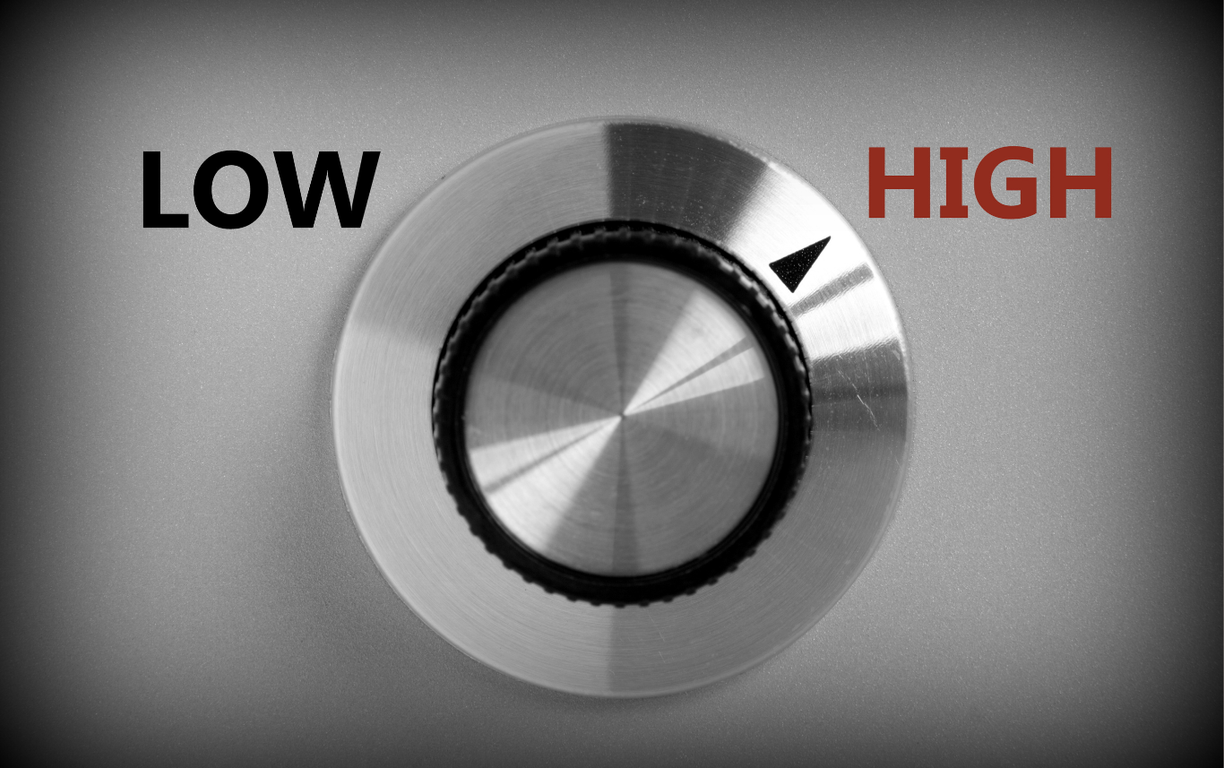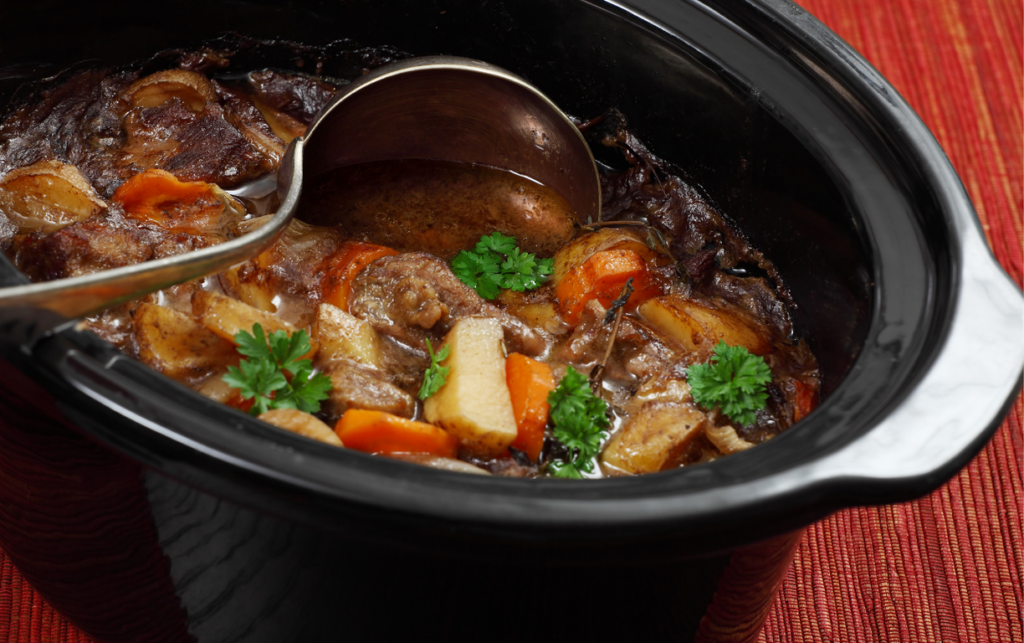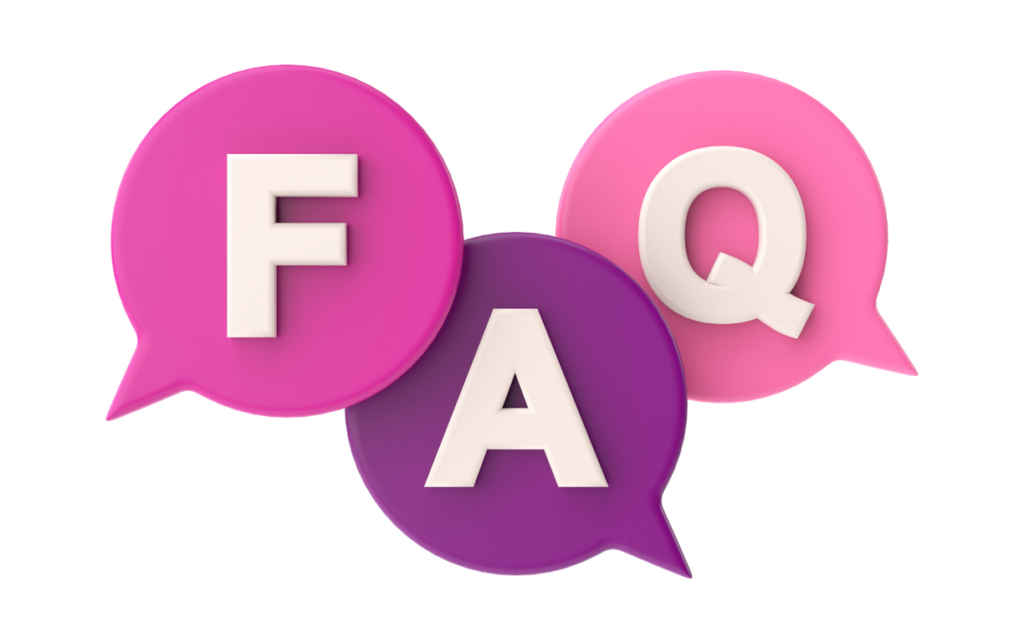Physical Address
304 North Cardinal St.
Dorchester Center, MA 02124
Physical Address
304 North Cardinal St.
Dorchester Center, MA 02124


When it comes to slow cooking, you might find yourself wondering whether to use the high or low setting. Each option has its own advantages, and understanding these can make all the difference in your culinary creations. Whether you’re preparing a hearty stew or a tender roast, the right temperature can enhance flavors and textures, ensuring your meal turns out just right.
Understanding slow cookers and their settings is essential for maximizing your culinary results. Knowing when to use high or low heat can influence the flavors and textures of your dishes dramatically.
Slow cookers operate by using moist heat to cook food gradually, usually over several hours. The process allows flavors to meld, making meals more flavorful. Most slow cookers offer high and low settings, typically achieving similar final results, but at different times. The high setting heats to approximately 300°F, while the low setting heats to around 200°F. It’s important to select the right setting based on your recipe and time constraints.
Slow cooking offers multiple advantages:
By harnessing these benefits and understanding your slow cooker options, you improve your cooking experience and outcomes significantly.
Understanding the differences between high and low settings in slow cooking is crucial for achieving the best results. Here’s a closer look at how each setting affects cooking time and flavor development.
High settings typically cook food in about 3 to 4 hours, while low settings take around 6 to 8 hours. Choosing the right setting depends on your schedule and the dish being prepared. For example, items like tougher cuts of meat benefit from longer cooking times at low settings, allowing the connective tissues to break down. Conversely, a quick meal may work better with high settings to save time while still maintaining tenderness.
Flavor develops differently on high and low settings. Low settings enable flavors to meld and intensify over extended cooking periods, resulting in robust dishes. In contrast, high settings cook food quickly, which may not allow for the same level of flavor integration. For example, dishes with spices and aromatics released over long periods generally taste richer when cooked on low. However, if you’re short on time, high settings can still produce satisfactory results without compromising too much on flavor.
Choosing between high and low settings for slow cooking depends on multiple factors. Understanding these elements can enhance your meal outcomes significantly.
Know your ingredients. Tougher cuts of meat, such as chuck roast or pork shoulder, benefit from low settings. Longer cooking times break down collagen, resulting in tender, flavorful dishes. On the other hand, quicker-cooking ingredients like poultry or vegetables can thrive on high settings, cooking evenly without losing moisture.
Consider the specific recipe. Some recipes are designed for high settings, requiring less cooking time while retaining flavors. Others are optimal for low settings, allowing flavors to blend and develop over several hours. Adjust cooking times based on your needs, ensuring that the dish’s requirements influence your setting choice.
Culinary experts and seasoned cooks provide valuable insights into the choice between high and low settings for slow cooking. Their experiences can guide you to make informed decisions for optimal results.
Culinary professionals often recommend low settings for tougher cuts of meat. The slow, steady heat allows collagen to break down, resulting in tender and flavorful dishes. For example, braising a beef chuck at a low temperature over 8 hours can yield a rich, hearty flavor. On the other hand, high settings can be useful for quick preparation of meals. Experts suggest that chicken or vegetable dishes benefit from the high setting’s speed, cooking in just 3 to 4 hours while preserving essential flavors. Many chefs advocate experimenting with recipes, as individual dishes may respond uniquely to each cooking method.
User experiences provide practical perspectives on slow cooker settings. Many home cooks prefer the low setting for weeknight stews and roasts. They appreciate the convenience of starting a meal in the morning and returning to a perfectly cooked dish in the evening. Conversely, users who have less time often opt for the high setting for quick family meals. Various online forums reveal a consensus on the importance of recipe adaptation; users emphasize adjusting cooking times based on specific ingredients for best outcomes. Their shared feedback highlights that understanding your slow cooker model also plays a role in achieving optimal results, as some models may produce different temperatures.
Choosing between high and low settings in your slow cooker ultimately comes down to the dish you’re preparing and your schedule. If you’ve got tougher cuts of meat that need time to tenderize low settings are your best bet. They allow flavors to meld beautifully over hours.
On the other hand if you’re short on time high settings can still deliver satisfying results. Understanding your recipe and the ingredients will guide your decision. Experimenting with both settings will help you discover what works best for your cooking style. Enjoy the convenience and delicious outcomes that slow cooking offers.

Slow cooking enhances flavor, tenderizes meat, and provides convenience. It allows ingredients to meld together over several hours, creating richer dishes. Additionally, it’s energy-efficient and highly versatile, making it a favorite for busy cooks.
High settings typically cook food in 3 to 4 hours, while low settings require 6 to 8 hours. The appropriate setting depends on the dish; tougher cuts of meat benefit from low settings, while quick meals can be prepared on high.
Low settings are preferable for tougher cuts like chuck roast or pork shoulder. The slow cooking process breaks down collagen, resulting in tender and flavorful dishes. This method enhances the overall texture and taste of the meat.
Yes, high settings are suitable for quick meals, especially for dishes with poultry or vegetables. They cook faster, allowing you to prepare meals in less time while still achieving satisfactory results.
Low settings allow for deeper flavor development as ingredients meld and intensify over time. High settings may not achieve the same depth but can yield satisfactory results when time is limited.
Absolutely! Cooking times should be adjusted based on specific recipe needs. Some recipes are designed for high settings, while others work best on low settings to achieve optimal flavor and texture.
Culinary professionals generally recommend using low settings for tougher meats for tenderness, while high settings are best for quick preparations like chicken and vegetables. Understanding your slow cooker model is also crucial for successful results.